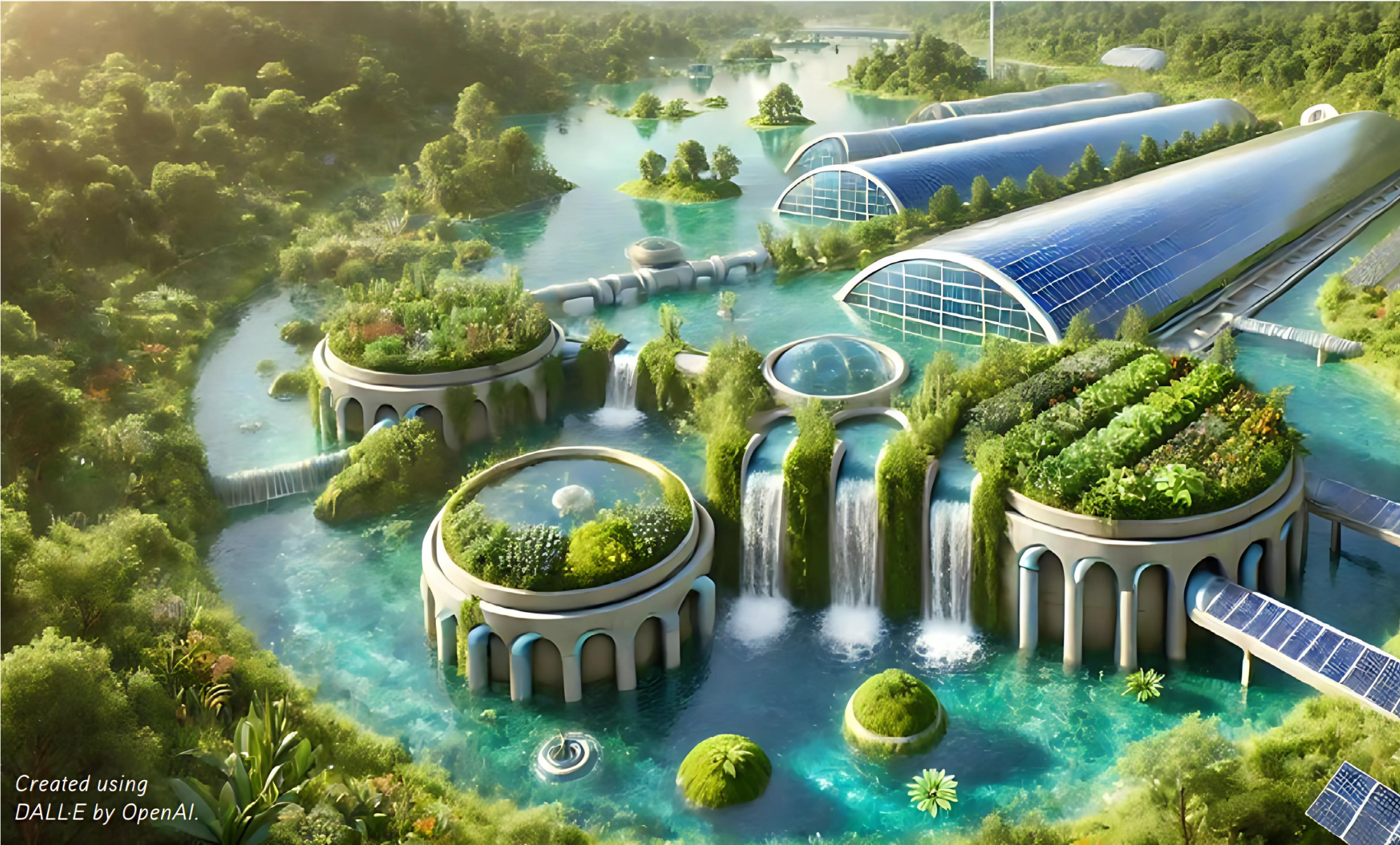

“Homegrown Technologies Could Play a Key Role in the World’s Water Future” - Aquanty Featured in CWRA’s Water News Magazine
We’re proud to share that Aquanty has been highlighted in a recent issue of the CWRA’s Water News Magazine. This article explores the innovative tools we’ve developed to tackle 21st-century water resource challenges, positioning Aquanty as a leader in hydrologic system modelling both in Canada and internationally.

HGS RESEARCH HIGHLIGHT – Improving control of contamination from waste rock piles
This study conducted by researchers investigates how well compacted cover layers on waste rock piles can mitigate infiltration into these waste piles, reducing the overall potential for oxidation of sulfidic waste materials and control environmental contamination. The research provides a detailed examination of how different cover configurations and hydrogeological conditions affect the performance of these covers in mitigating risks associated with waste rock piles.

NEW version of HGS (HGS PREMIUM September 2024 (REVISION 2724)
The HydroGeoSphere Revision 2724 (September 2024) is now available for download.

HGS RESEARCH HIGHLIGHT – Assessing the impact of surface water and groundwater interactions for regional-scale simulations of water table elevation
In this research highlight, researchers Hugo Delottier, Oliver S. Schilling, and René Therrien, conducted an in-depth exploration of how the interaction between surface water (SW) and groundwater (GW) affects the accuracy of regional-scale simulations of water table elevations in Southern Quebec. This investigation was conducted over a vast 36,900 km² regional aquifer system, which is marked by a complex hydrogeological setup. The area of study includes a regional bedrock aquifer that is overlain by discontinuous Quaternary sediments, presenting a challenging environment for accurate hydrological modelling.

HGS RESEARCH HIGHLIGHT – A black-box automated approach to calibrate numerical simulations and optimize cover design: Application to a flow control layer constructed on an experimental waste rock pile
In this study, researchers developed and tested a novel black-box automated approach to calibrate numerical simulations and optimize cover designs for waste rock piles at mining sites. This work was undertaken by a team of scientists focusing on improving waste rock pile stability and minimizing environmental contamination.

NEW version of HGS (HGS PREMIUM AUGUST 2024 (REVISION 2718)
The HydroGeoSphere Revision 2718 (August 2024) is now available for download.

HGS RESEARCH HIGHLIGHT – Rapid transport from the surface to wells in fractured rock: A unique infiltration tracer experiment
In this study, researchers investigated the dynamics of rapid transport from the surface to monitoring wells in fractured rock environments using a unique infiltration tracer experiment. The focus was on understanding how tracers or contaminants move quickly through fractures to wells, which is crucial for assessing water quality and contamination risks.

HGS RESEARCH HIGHLIGHT – Groundwater recharge from overbank floods
This study, published by researchers using a fully coupled surface-subsurface flow model, explores the process of overbank flood recharge, which is important for estimating aquifer sustainable yield.

NEW version of HGS (HGS PREMIUM JULY 2024 (REVISION 2710)
The HydroGeoSphere Revision 2710 (July 2024) is now available for download.

HGS RESEARCH HIGHLIGHT – Impact of Baseflow on Fish Community in the Ungcheon Stream, Korea
In this research highlight, researchers have explored how baseflow influences fish habitats in the Ungcheon stream, located downstream of the Boryeong Dam in Korea.
